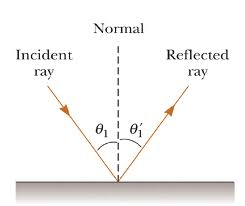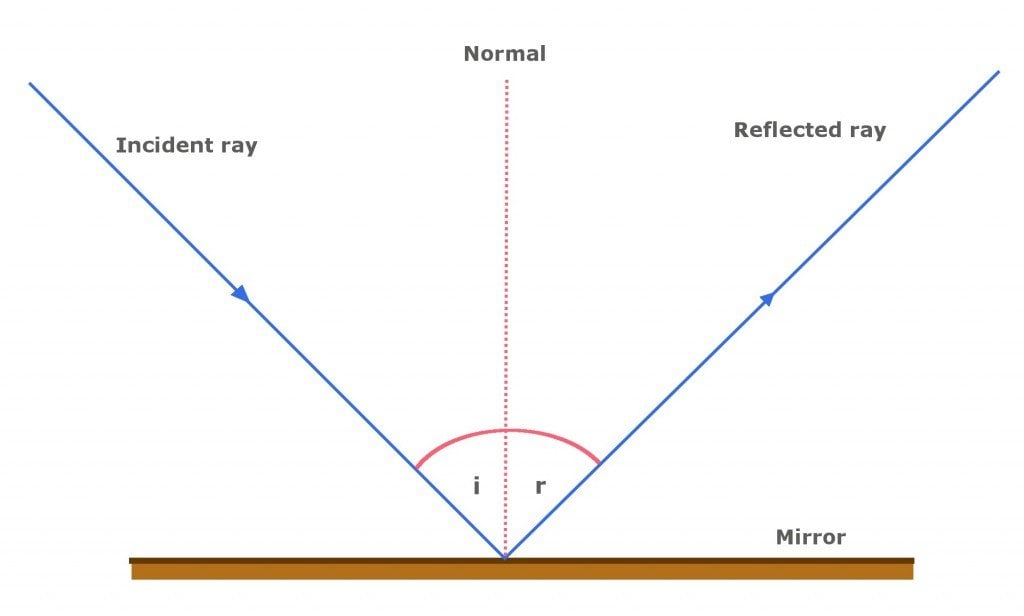

Two plano-concave lenses (1 and 2) of glass of refractive index 1.5 have radii of curvature…?.A concave lens of glass, refractive index 1.5 has both surfaces of same radius of curvature…?.The focal length of a spherical mirror made of steel is 150cm.Colour of light having maximum speed ….A thin convex lens is made of two materials with refractive indices n1 and n2, as shown…?.Two thin biconvex lenses have focal lengths f1 and f2. A third thin ….A convex lens ′A′ of focal length 20cm and a concave lens ′B′ of focal length…?.A concave mirror is placed on a horizontal table with its axis directed vertically upwards…?.A student performed the experiment of determination of focal length of a concave mirror by…?.A container is filled with water (μ = 1.33) up to a height of 33.25 cm.A concave lens of glass, refractive index 1.5 has both surfaces ….A lens of large focal length and large aperture is best suited as an objective ….If in the following figure, height of object is H1=+2.5cm, then height of…?.A spherical surface of radius of curvature R, separates air ….Submarines and tanks, for example, have a built-in periscope. Soldiers in bunkers along the border utilize this phenomenon. Periscope is a great example of how reflection from two mirrors allows you to see far-away objects.As a result, the moon can be seen at night. The moon is illuminated by the sunlight it gets from the sun.You can see numerous images of yourself when you stand in front of an inclined pair of mirrors.The sun transmits a white light that also contains the rainbow's seven colors, which we can see after a rainstorm.You can see stunning patterns inside the kaleidoscope due to the various reflections from the mirrors inside.Interesting Facts About Laws of Reflection Solar furnaces use large concave mirrors to focus sunlight and generate heat.Concave mirrors are used by dentists to see larger images of their patient's teeth.

Shaving mirrors with concave surfaces are used to see a larger image of the face.To create powerful parallel beams of light, concave mirrors are employed in torches, searchlights, and vehicle headlights.If the object is placed at a distance less than the focal length from the mirror's pole, concave mirrors produce a virtual, erect, expanded image. If the object is beyond the focus, concave mirrors produce genuine, inverted pictures. Spherical mirrors are a type of mirror that has a reflecting surface part of a hollow sphere of glass. Spherical mirrors come with a shape of a piece which is cut out from a spherical surface. Read More: Difference between Reflection and Refraction Determine its angle of reflection.Īns. Angle of incidence is calculated between the incident ray and the normal, thus the angle of incidence here is not 60° A ray of light has been incident on a plane mirror at angle 30° with the mirror surface. The late of reflection claims that the angle of reflection is equivalent to the angle of incidence, i.e., \(\theta\) r = \(\theta\) i The angle of reflection is the angle formed by the reflected beam and the normal. The angle of incidence is generally measured from the normal (0°) to the given ray of light. The angle of incidence is the angle that’s formed at the point of incidence between the normal and the incident ray. When a line forms a 90 o angle with the line of the mirror at the point where the incident ray collides with the mirror, it is said to be normal to the reflecting surface.

The ray of light which is seen to bounce back from a surface is generally called a Reflected ray. It can be defined as a ray of light which is thrown back from a non-absorbing surface. Reflected RayĪ reflected ray refers to a ray of light that is reflected off a surface. The angle that the incident ray forms with normal at the point of incidence is known as the angle of incidence. The incident ray is the light ray that strikes an object. An incident ray can be defined as a ray of light which is seen to strike a surface. Reflection of light can be portrayed as: Incident Ray Reflection of light refers to the reflecting back of light rays when they strike an object's surface.


 0 kommentar(er)
0 kommentar(er)
